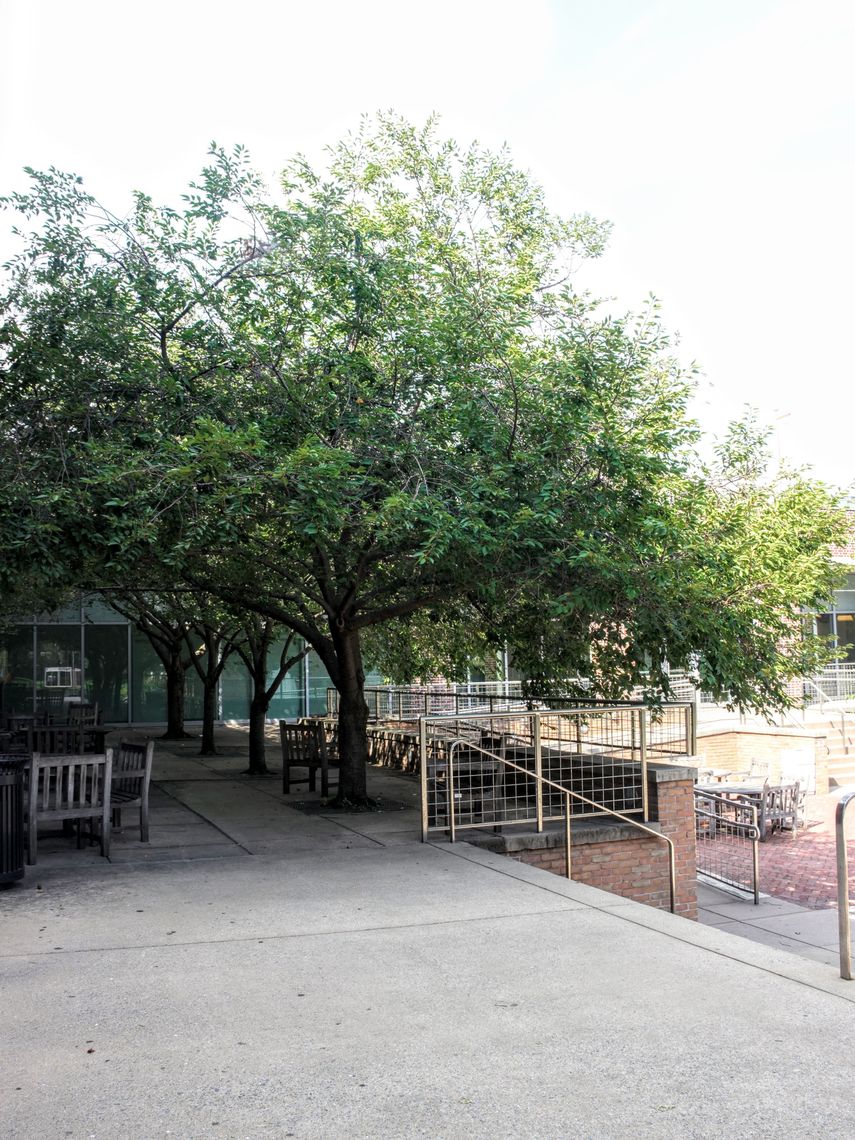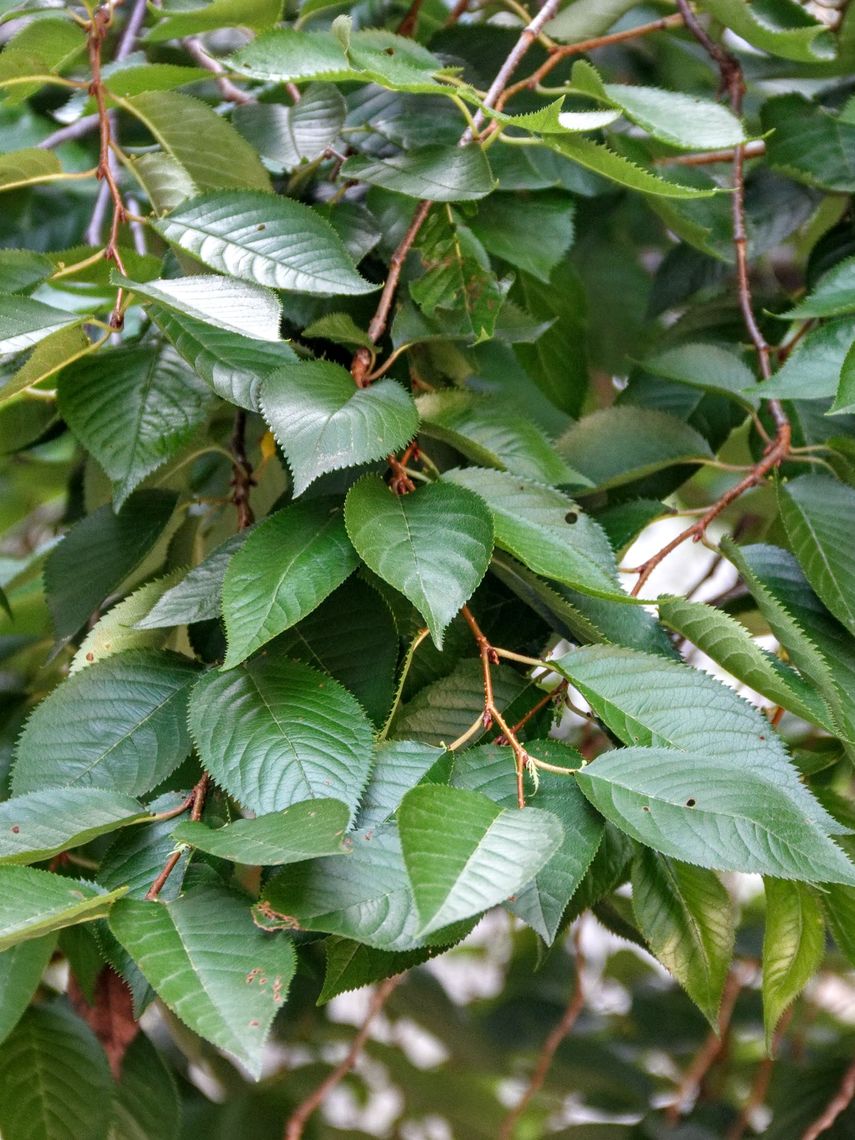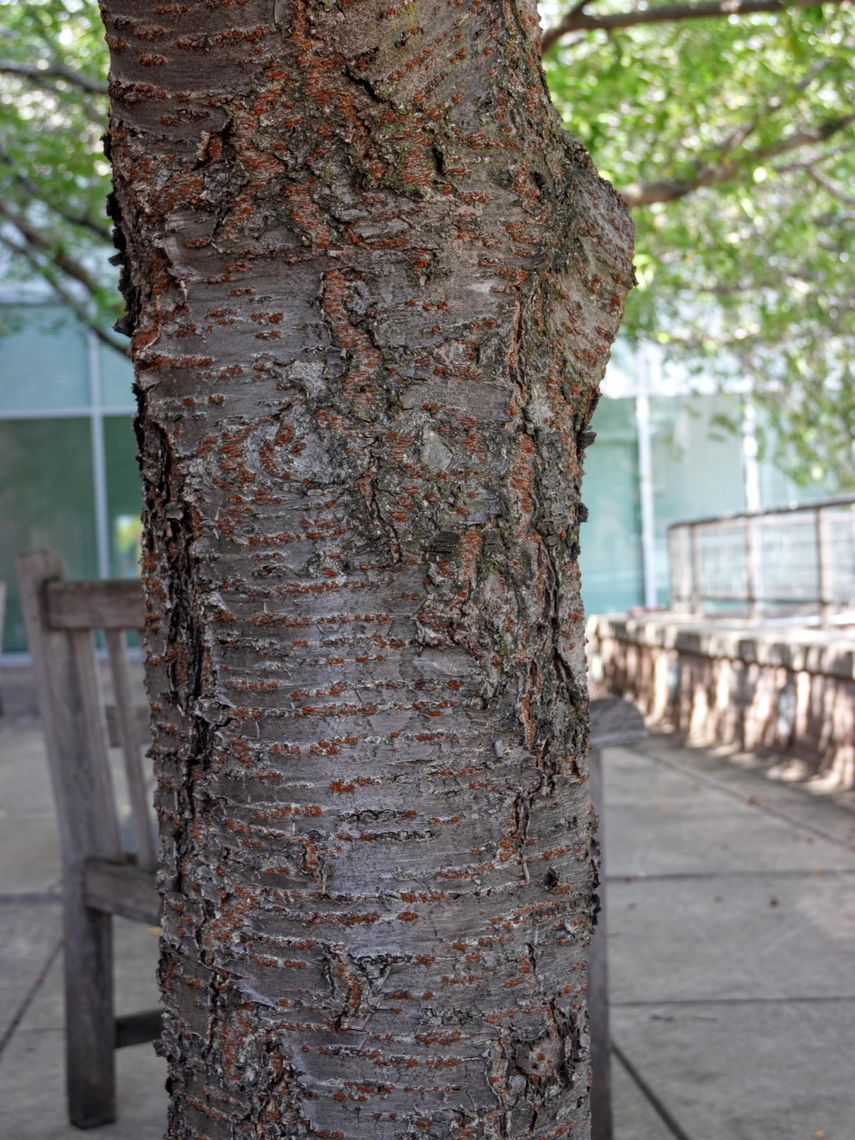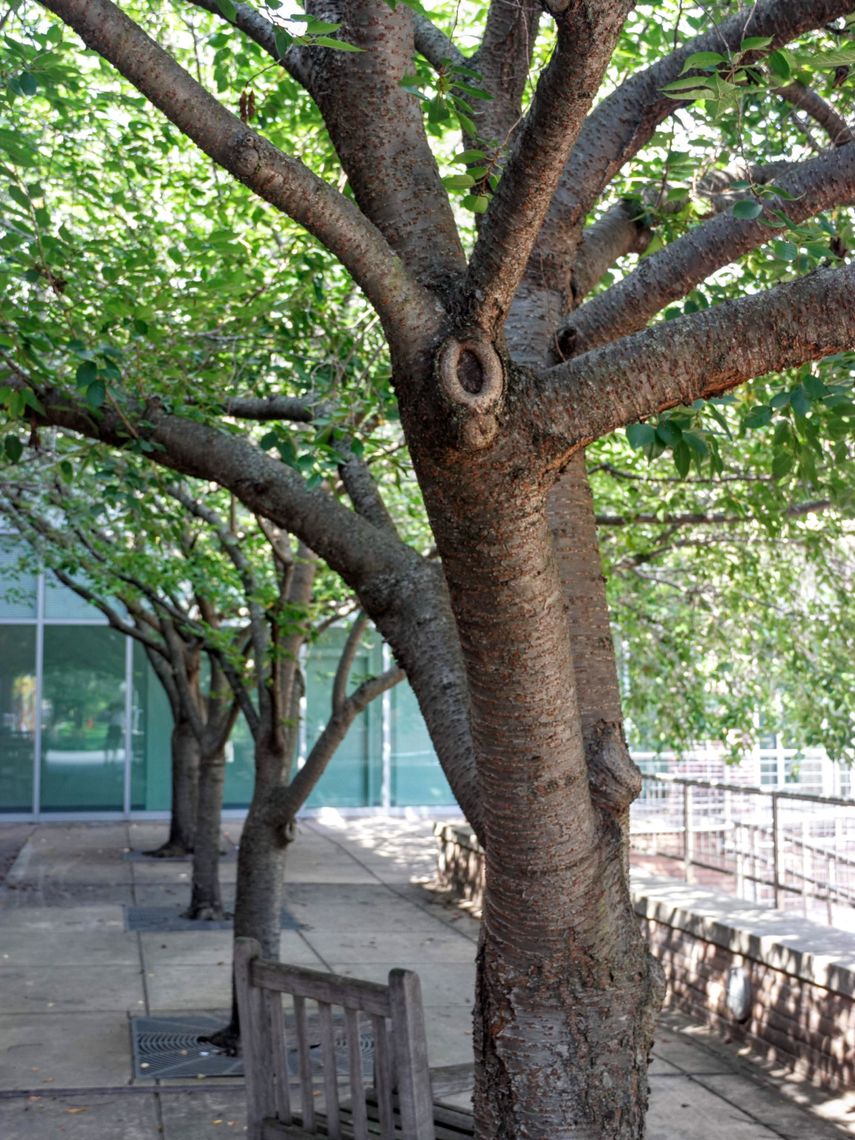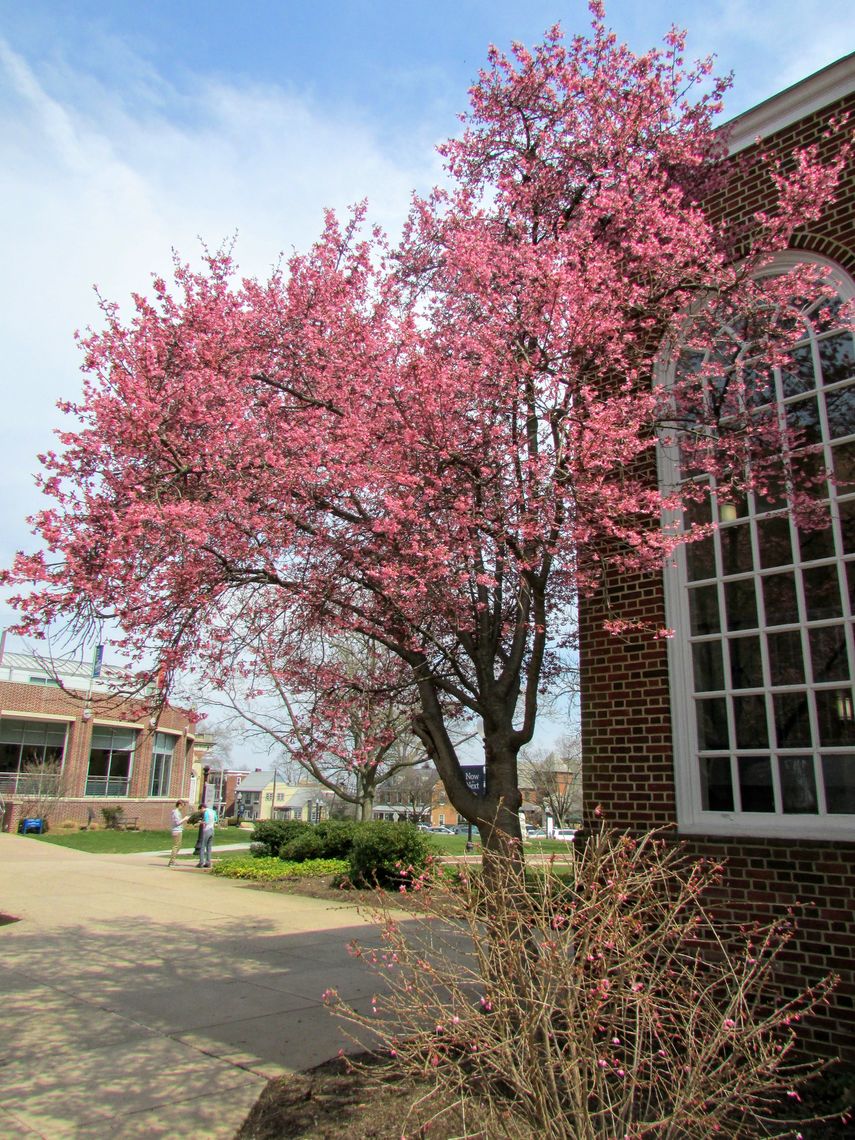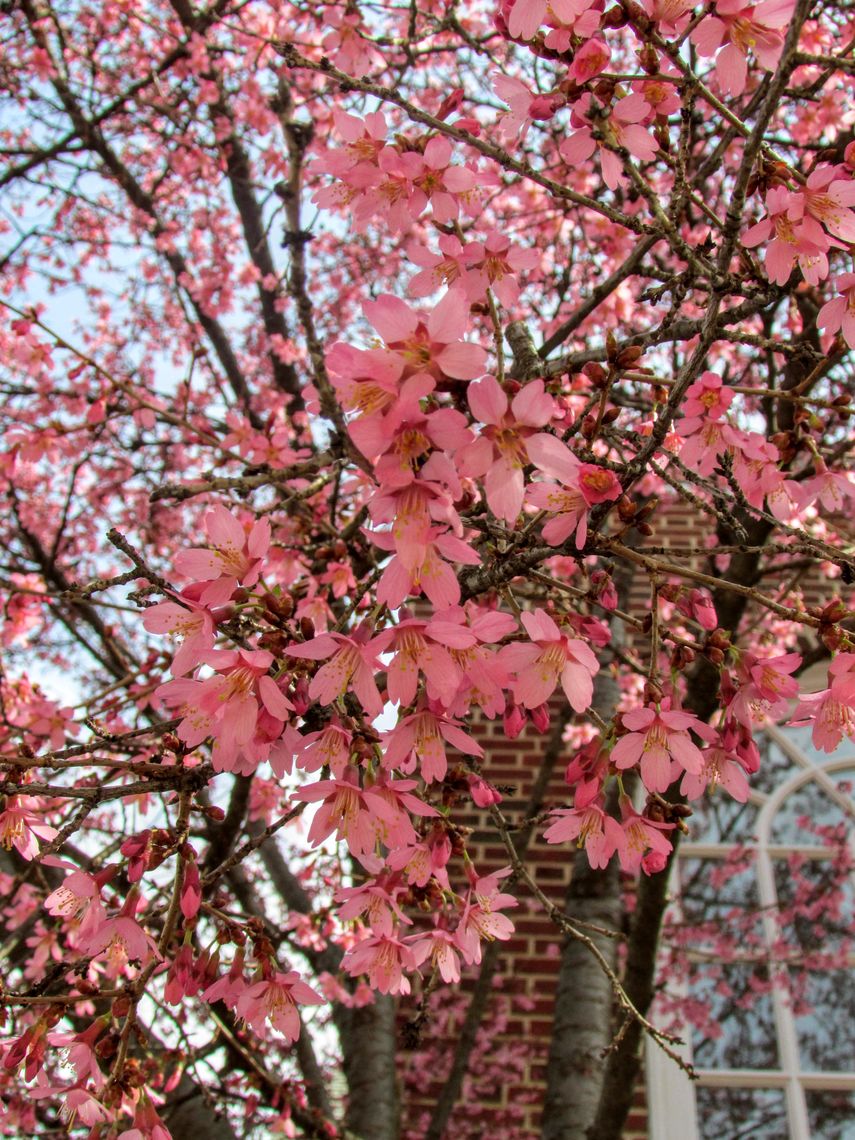Weeping Cherry (Prunus subhirtella)
The weeping cherry, also called the higan cherry, is a small tree that is most noted for its white to pink flowers that cover the tree in April, before the leaves emerge. Its leaves are dark green and turn yellow to orange-red in the fall. This tree's bark is shiny and red-brown. It attracts birds and insect pollinators
Family: Rosaceae (Rose)
Characteristics: The 1-inch to 4-inch-long leaves are ovate and dark green. In the fall, leaves turn yellow to orange-red. In April, before the leaves emerge, pink buds begin to bloom into small, single or double, 5-petaled, white to pink flowers. These flowers are followed by pea-sized, black fruits. Bark is red-brown, shiny, and has horizontal lenticels. This tree is upright spreading and has a rounded shape. It grows 20-40 feet wide and 15-30 feet wide.
Foliage: Deciduous (leaves lost seasonally)
Geographic Origin: Japan (non-native)
Cultivation Notes: Requires low maintenance. Does best in full sun to part shade, though flowers best in full sun environments. Prefers moist and well-drained soils. This tree has a better tolerance for heat and cold than other flowering cherries. Excessive sucker growth may be a potential problem.
Number on Campus: 7
Sources: Dirr, Morton Arboretum, Missouri Botanical Garden

